↘ NOW
KPLR#01: SJORS WILLEMS 1 DECEMBER – 1 MAART 2025
THE FIRST IDEA
De schilderijen van Sjors Willems zijn te omschrijven als abstract minimalistisch. Het zijn doeken waarop enkele geometrisch abstracte vormen staan. Hij heeft geen bijzondere affiniteit met de vormen zelf. Het gaat meer om de manier waarop de vormen gebruikt kunnen worden om tot een interessant schilderij te komen.
"Wat ik heb geprobeerd is een spanning te creëren door in ieder schilderij doeken naast elkaar te plaatsen die voor een deel wel en voor een deel niet op elkaar aansluiten. Binnen een schilderij kunnen de doeken in techniek bijvoorbeeld hetzelfde zijn, maar de kleuren en de vormen verschillend. Of binnen een schilderij zijn de lijnen op ieder doek vrijwel identiek, maar maken de doeken moeilijk verbinding omdat de lijnen verspringen."
De spanning die hij wilt realiseren probeert hij te versterken door contrasten te gebruiken. Kleurcontrast, licht-donkercontrast, kwantiteitscontrast, vormcontrast en contrast in techniek zijn daarom veel aanwezig.

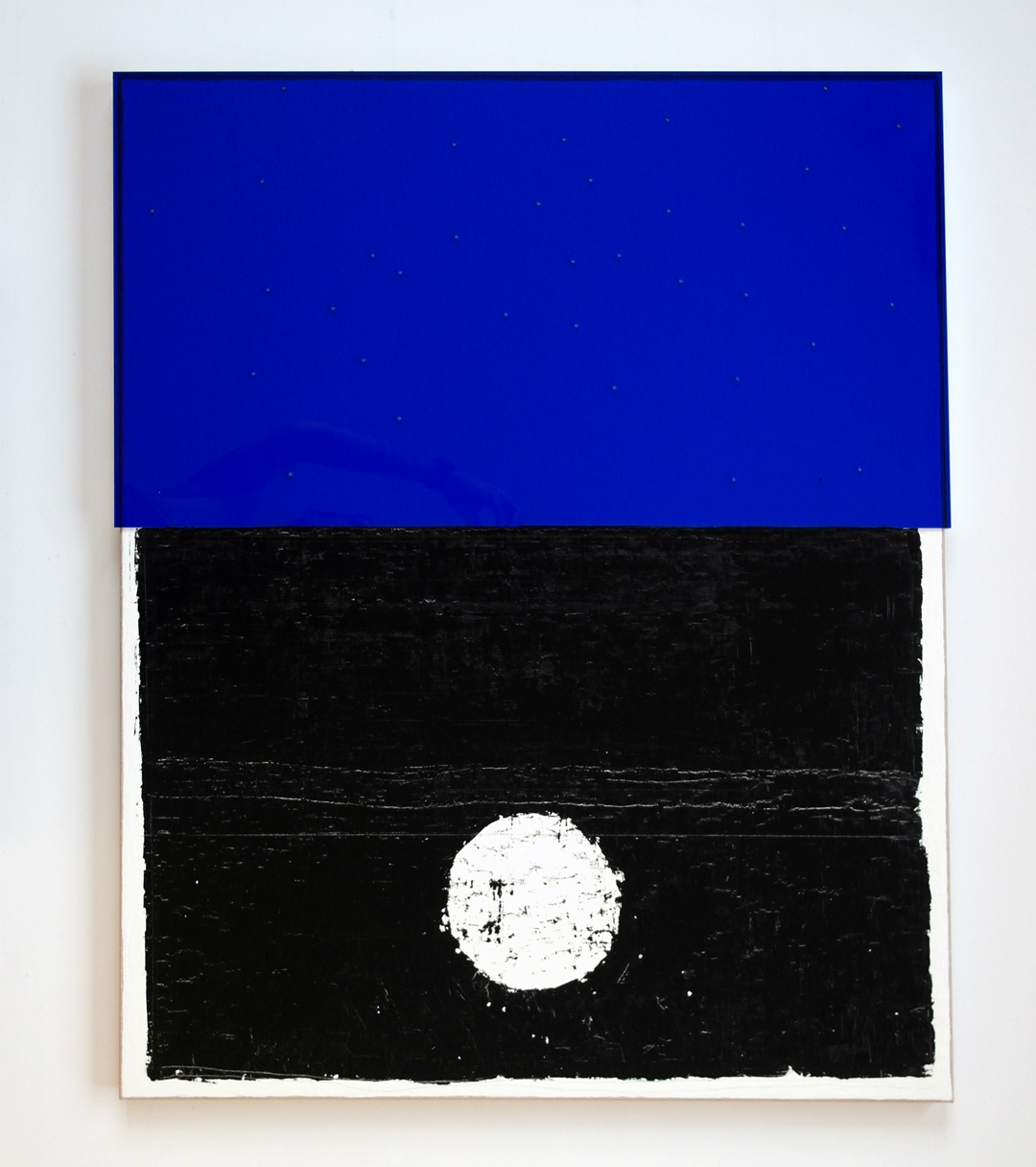
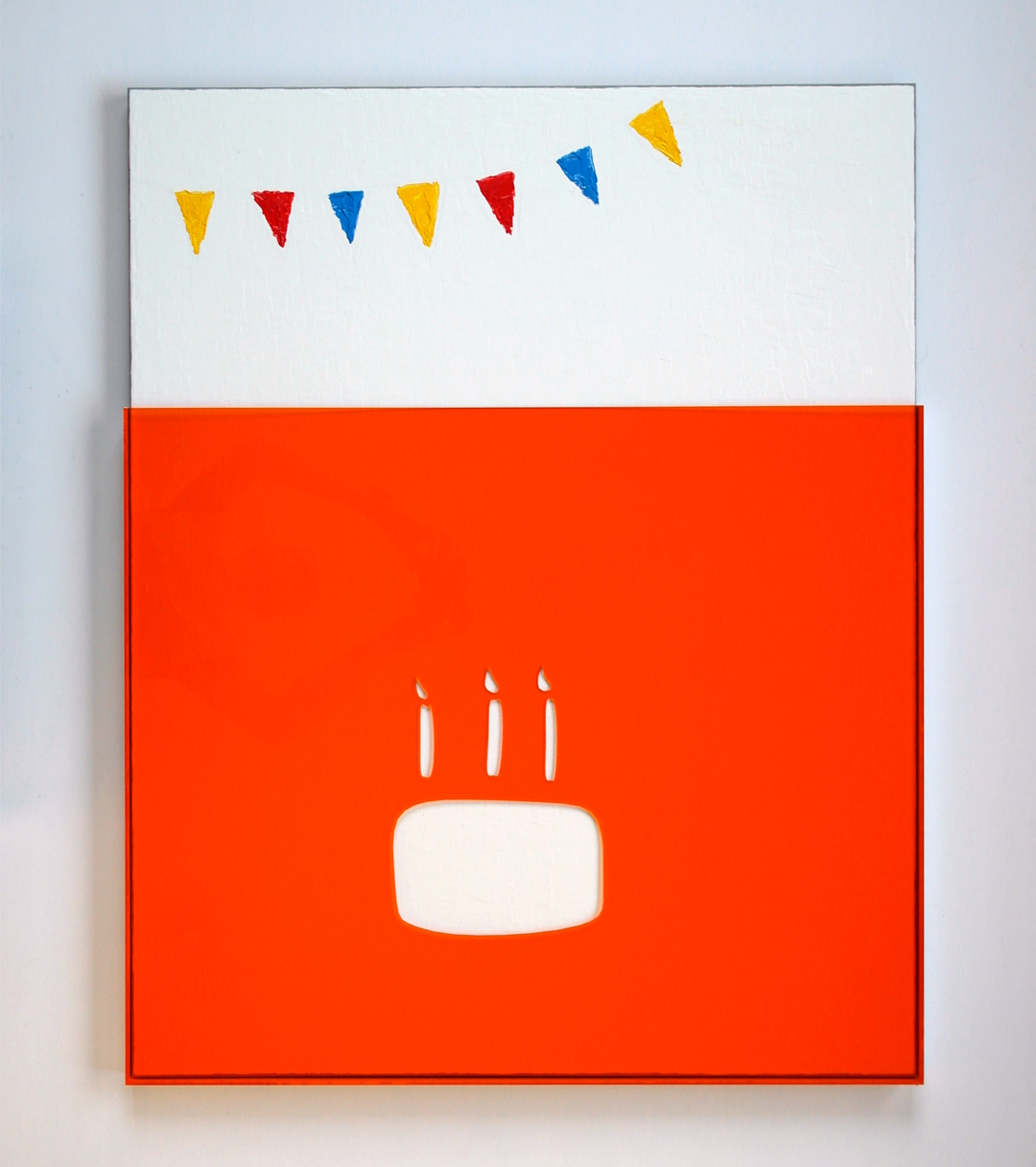
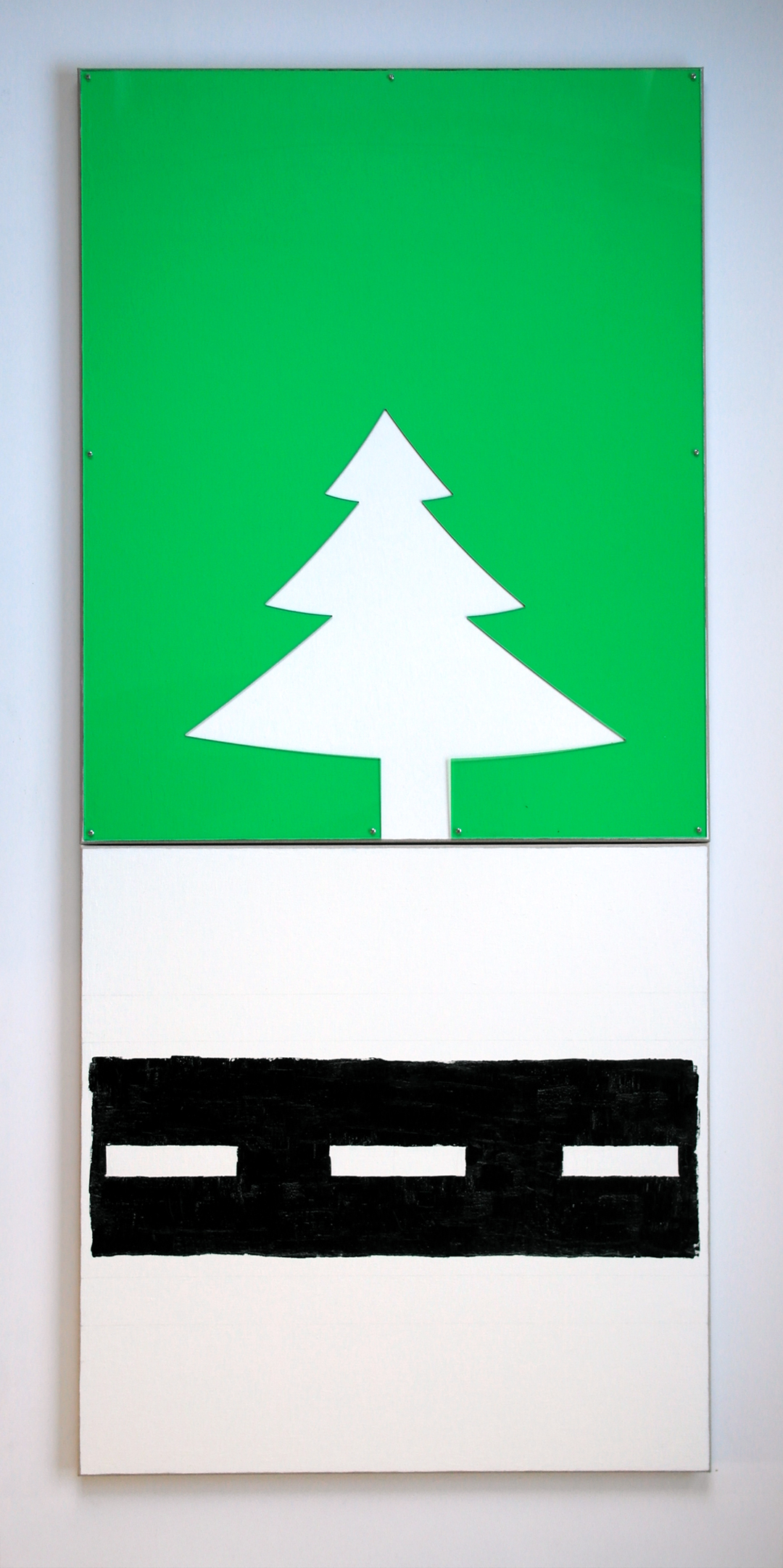

→ KPLR25B SHOP
Koop unieke werken van Sjors Willems in onze shop.
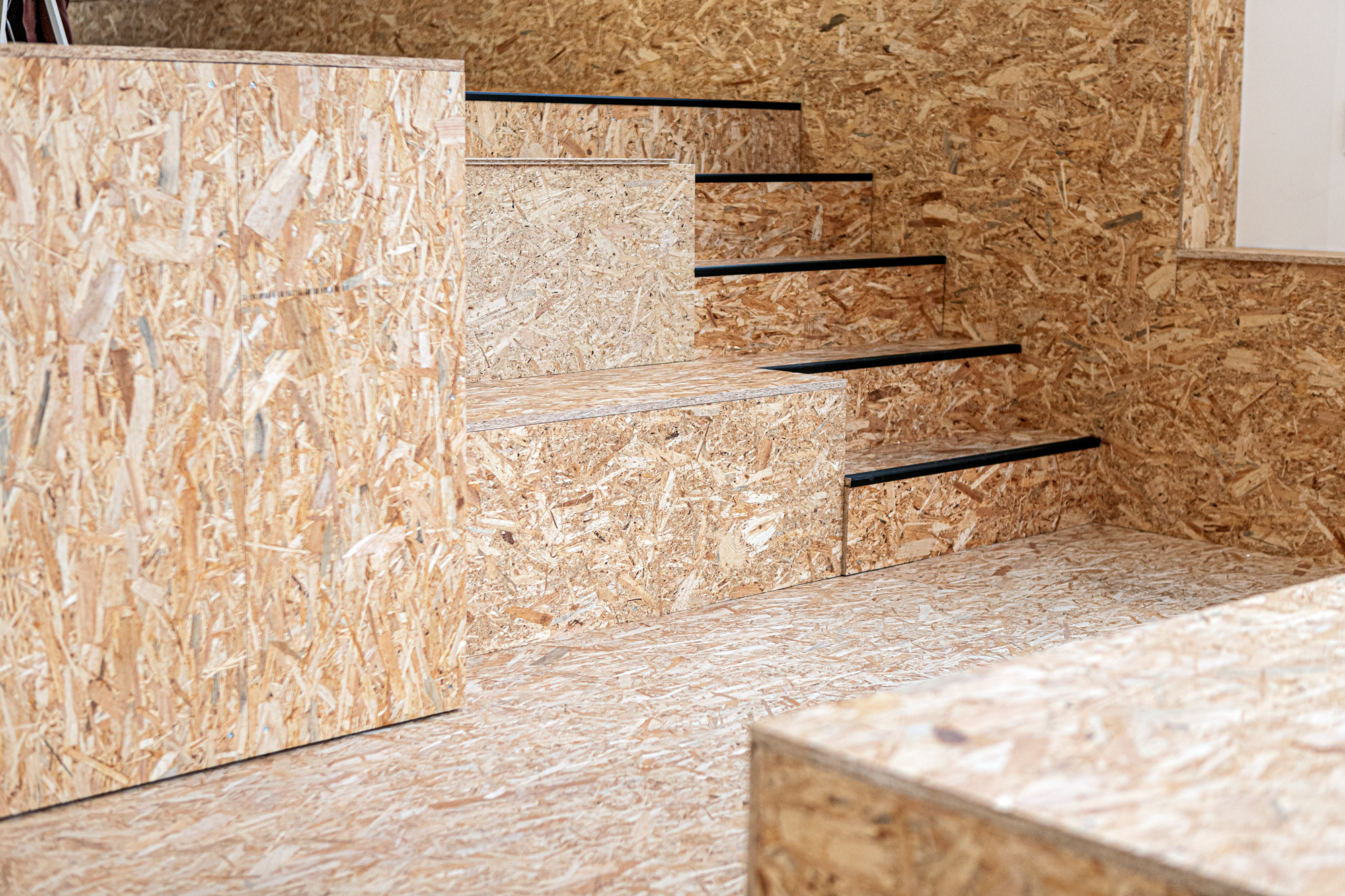
↘ NEXT
KPLR#02: Daan Paans EIND 2025
PANTHA RHEI
In the opening scene of Indiana Jones – Raiders of the Lost Ark (Steven Spielberg, 1981), the fictional archaeologist Indiana Jones manages to obtain the coveted Golden Idol from a hidden temple deep in the Peruvian jungle. This magical film prop is based on a pre-Columbian statuette – Dumbarton Oaks’ Birthing Figure – that allegedly represents the Aztec goddess Tlazolteotl. Research has revealed, however, that this figurine in the collection of the Dumbarton Oaks Museum in Washington is not pre-Columbian after all, but was most likely produced in Europe or Asia in the nineteenth century.
Paans was captivated by the confusion between replica and original, and how the museum assigned value to an object that is in no way related to any original effigy of Tlazolteotl. The artist continued this cultural mutation. He bought a plastic replica of the Golden Idol, photographed it, and sent the photograph to an artisan. Based on the photo – which shows only one side of the figurine and gives no indication of the object’s size – this artisan then created a replica of his own, which he sent back to Paans. Paans photographed this new version, sending the photograph to yet another maker, and so on; but each maker only saw the photographed version of the previous maker’s figurine. The artisans belonged to different countries, including Mexico, China, Uganda, Greece, Italy and the Netherlands. Through differences in interpretation, the statue gradually transforms from a screeching woman giving birth into a dignified woman who appears to be peacefully meditating in a half-clothed state, without any birthing or baby involved. A cultural evolution caused by the makers’ cultural background, ideology, commerce, personal taste or available technology.
How do our interpretations change throughout history? This is a recurring question in Paans’s projects. With Panta Rhei, Paans seeks to understand how certain cultures and their relics change over time, without anyone noticing. In fact he is constantly studying the interpretation-forming processes that have evolved throughout history, in order to show how our view of the world has been shaped and moulded.
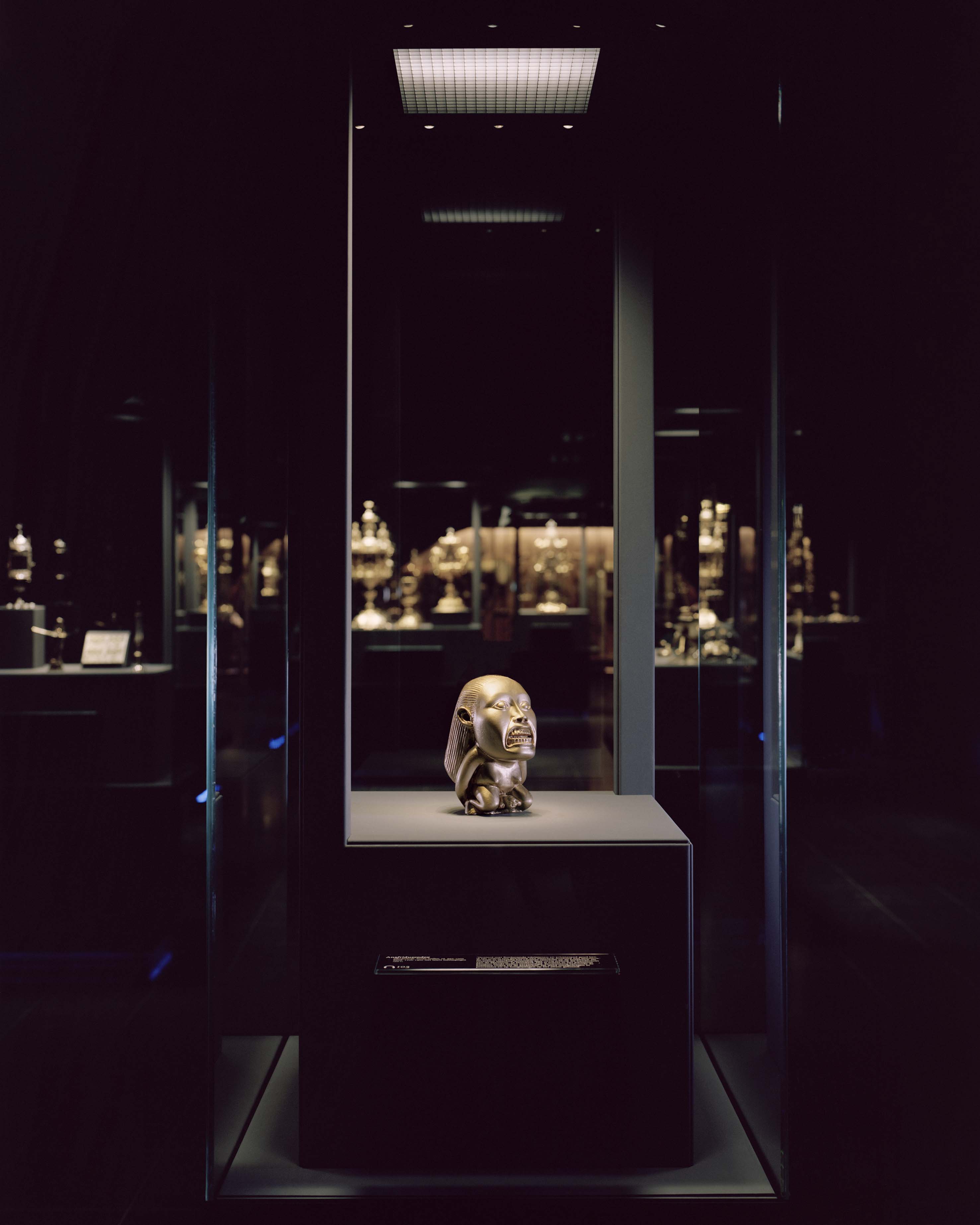
→ ARCHIEF
Bekijk in het KPLR52B ARCHIEF alle voorgaande edities.

